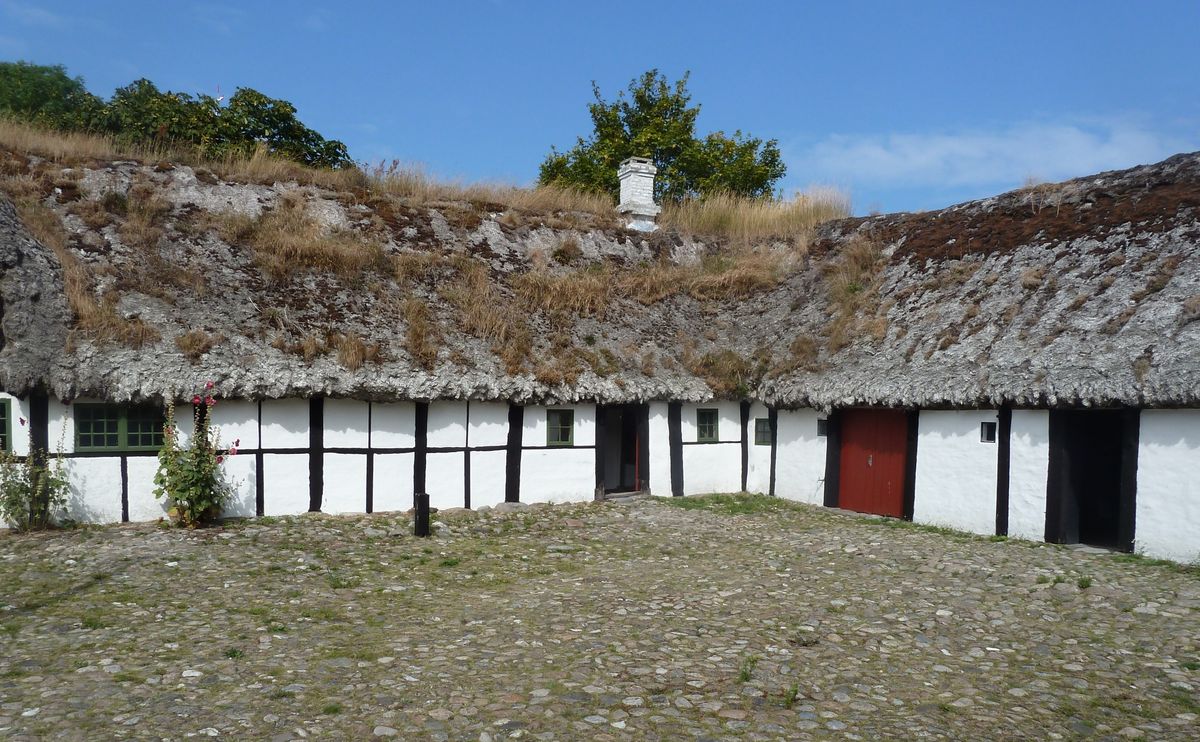About
Museumsgården, which is part of the Læsø Museum, is a preserved farm that acts as an open-air museum. Visiting the museum offers a glimpse of the past, letting visitors get a sense of a time when men spent large chunks of the year out at sea and women tended to the farms.
The museum’s artifacts and interior decor act like a time capsule of life on Læsø. Its most recent owner, Sine Krogbæk, lived on the farm up until 1949. She made few changes to the old building, so it looks much as it did when her family first moved into the property around 1860.
While there, be sure to take a close look at the farmhouse’s roof. The quaint white building is snuggly capped with a silvery roof of dried seaweed. Roofs like these are unique to Læsø, and around 250 such tangtag once peppered its villages. After the salt industry deforested the island, the locals were forced to turn to the sea when searching for building materials. They used a blend of seagrass and seaweed to top their houses, creating thick, rounded roofs that eventually hardened and became waterproof.
Using seaweed in this way declined in the mid-1900s. A disease in the 1930s killed much of the seaweed around the island, and reforestation efforts meant there was once again a healthy supply of timber for people to top their homes with. Now, only a couple dozen of these seaweed roof buildings still exist on Læsø.
Related Tags
Know Before You Go
Tours can be arranged by emailing museum@laeso.dk. Each tour lasts approximately one hour.
To get to Læsø, you can take the Læsø Ferry from Frederikshavn or catch a flight via the Copenhagen Air Taxi from Roskilde. You can get around the island by renting a car, electric bike, or even an Icelandic horse!
Community Contributors
Added By
Published
August 14, 2018






















